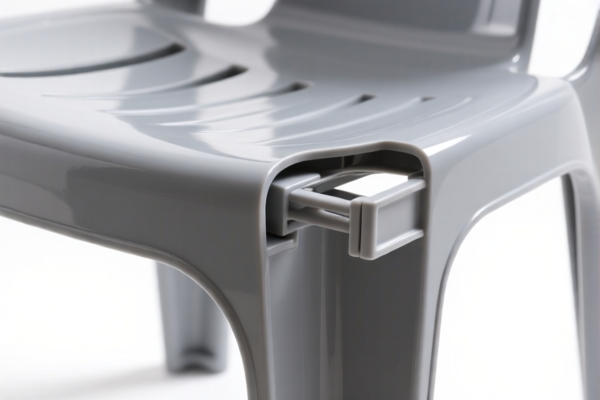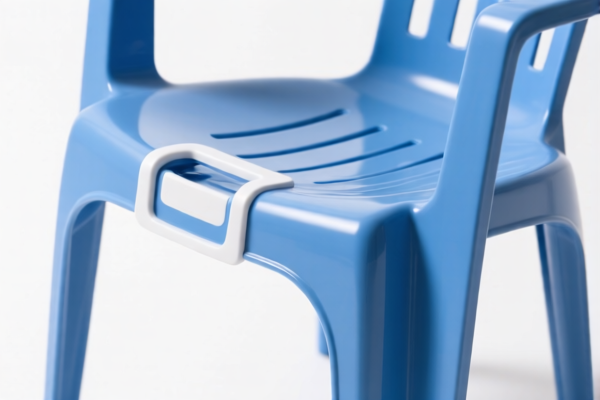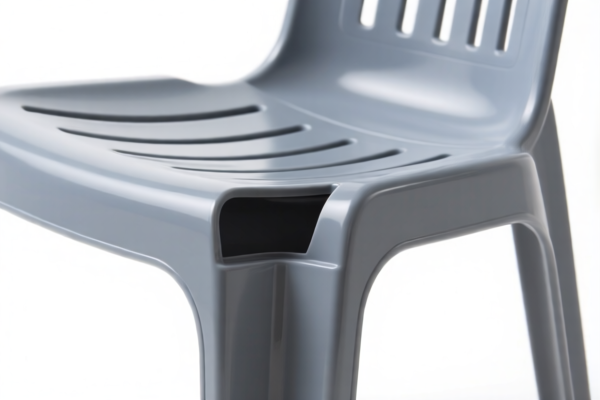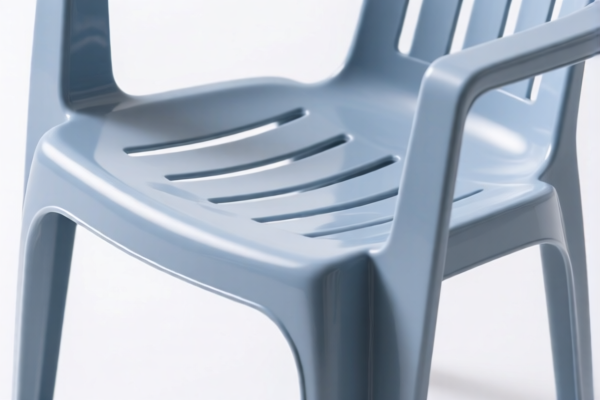| HS Code | Official Doc | Tariff Rate | Origin | Destination | Effective Date |
|---|---|---|---|---|---|
| 8205517500 | Doc | 58.7% | CN | US | 2025-05-12 |
| 8214909000 | Doc | 1.4¢ each + 3.2%+30.0% | CN | US | 2025-05-12 |




Crochet Hook
A crochet hook is a tool used in the craft of crocheting to create fabric by interlocking loops of yarn, thread, or other materials. It is distinguished from knitting needles by having a hook at one end, rather than two pointed ends.
Material
Crochet hooks are commonly made from the following materials:
- Aluminum: Lightweight, smooth, and relatively inexpensive. A common choice for beginners.
- Steel: Durable and good for fine yarn and intricate work. Often used for thread crochet (doilies, lace).
- Plastic: Lightweight and inexpensive, but may lack the smoothness of metal hooks.
- Wood/Bamboo: Provides warmth and grip, favored by some crocheters for its natural feel. Can be slower to work with than metal.
- Carbon Fiber: Lightweight, strong, and smooth, offering a premium feel.
Purpose
The primary purpose of a crochet hook is to manipulate yarn to form stitches, rows, and ultimately, fabric. It allows for the creation of a wide variety of items, including:
- Clothing (hats, scarves, sweaters, dresses)
- Accessories (bags, wallets, jewelry)
- Home décor (blankets, pillows, rugs, doilies)
- Amigurumi (small stuffed toys)
Function
The hook's function is based on the following actions:
- Yarn Over: The yarn is wrapped around the hook.
- Pull Through: The hook is used to pull the yarn through existing loops of yarn.
- Repeat: These actions are repeated to form chains, single crochet, double crochet, and other stitches.
The size of the hook determines the size of the stitches and the overall fabric density. Larger hooks create looser, more open fabrics, while smaller hooks create tighter, denser fabrics.
Usage Scenarios
- Beginner Projects: Larger hooks and bulky yarn are often used for easier projects like scarves and blankets.
- Detailed Work: Smaller hooks and finer yarn are used for intricate patterns, lace, and amigurumi.
- Specific Stitch Patterns: Different stitch patterns may require different hook sizes for optimal results.
- Yarn Weight: The yarn label will typically recommend a hook size.
Common Types
- Straight Hooks: The most common type, used for working in rows.
- Ergonomic Hooks: Designed with cushioned grips to reduce hand fatigue.
- Tunisian Crochet Hooks: Longer hooks with a stopper on the end, used for a unique stitch technique that creates a fabric resembling knitting.
- Double-Ended Hooks: Used for working in the round without joining.
- Cable Hooks: Have a wider hook for creating cable stitches.
- Light-Up Hooks: Feature a built-in light for improved visibility.
Based on the provided information, crochet hooks fall under the category of handtools, specifically “Other handtools (including glass cutters) and parts thereof: Household tools, and parts thereof: Other”.
Here's a breakdown of relevant HS codes:
- 8205.51.75.00: This HS code covers “Other handtools (including glass cutters) and parts thereof: Household tools, and parts thereof: Other”.
- 82: Chapter 82 refers to articles of cutlery, hand tools, implements, cutlery shears and associated articles.
- 05: Heading 82.05 specifically covers handtools (including glass cutters) and parts thereof.
- 51: Subheading 82.05.51 covers household tools.
- 75: Further specifies “Other” within household tools.
- 00: This is the final digit, indicating a specific classification within the category.
Tax Details:
- Basic Tariff: 3.7%
- Additional Tariff: 25.0%
- Tariff after April 2, 2025: Additional tariff increases to 30.0%
- Total Tariff: 58.7%
Please note that the total tariff rate will be 58.7% currently, and will increase to 58.7% after April 2, 2025, due to the change in additional tariff.
Customer Reviews
No reviews yet.